Intervention through different schemes will support industry growth
July 3, 2021 6:29 pm
Things are likely to improve now and a revival of sale is expected in the near future.
India is expected to be the world’s third largest automotive market in terms of volume by 2026. With the present market trends, how can we make it a reality?
The target of the industry to grow and become third largest in the world was envisaged in the Automotive Mission Plan 2016-26, a plan developed in the year 2015. Since the year 2015, the world and automotive industry has witnessed challenges that are unprecedented. There is a need to relook at the target of AMP 2026 and align it to the realities of today. Nonetheless, the long-term growth story of Indian automotive industry continues to be promising. The government has been supportive of the sector and its positive intervention through different schemes will support industry growth.
How is industry leveraging the benefits of PLI scheme, and what kind of changes are happening around the industry?
The PLI scheme for auto industry is yet to be introduced. The government is working on the finer details of the scheme. Both, auto companies and component manufacturers are upbeat about the scheme. Industry would make more investments, if the PLI targets are achievable, and a suitable base year is chosen to decide the incremental performance.
Sales of passenger vehicles and two wheelers have dropped by 10 percent and 35 percent by April 2021 amidst the pandemic. What kind of regulatory and financial assistance is required to deal with such a situation?
The second wave of COVID-19 made it impossible to continue business as usual. However, things are likely to improve now and a revival of sale is expected in the near future. As the problem is a result of the pandemic induced slowdown, we believe that rapid vaccination in India and across the globe would help the overall economy to recover. The revival of economy would have an impact on the automobile sector too. Also, supply chain challenges including rising price of steel and other commodities, unavailability of semi-conductors and higher shipping container charges, continue to be obstacles in smooth functioning of the industry. It is encouraging to see that the Government of India is keen to incentivise and attract investment for the setting up of semi-conductor FABs in India. The industry would benefit with such measures.
Indian automobile industry contributes to 6 percent of GDP and job opportunities. How will the ongoing trends impact the employment opportunities across the automobile industry?
Automobile industry, due to its deep linkages to various other industries, is a huge value creator and job generator. The current slowdown is a result of the disruptions caused by COVID. Going forward, the industry will continue to grow and contribute to Indian economy and provide jobs.
Indian government is pushing to flourish the Electric Vehicles in India. Do you think that the present market trends will further lead to maximum transition towards EV?
At present, EVs have a miniscule share in the overall vehicle sales, however, we believe that with increasing number of charging station and lower priced electric vehicles, the demand for EVs would rise. Government is providing the necessary support to increase penetration of electric vehicles. The PLI for ‘Advanced Cell Chemistry’, which will provide incentive for mega battery manufacturing plants in India, will provide the economies of scale to reduce the cost of battery, which is a major component in electric vehicles. The transition will happen with availability of vehicles that are lower priced, providing sufficient range and availability of charging infrastructure, which will all boost consumer confidence to opt for electric vehicle. Recently, the increase in the incentives under the FAME scheme has resulted in companies lowering the cost of EVs and passing the Government benefits to the consumer. We do hope that such measures would bring in more traction and there will be greater acceptability for EVs in the market.
As we deal with the second wave of Covid-19 and face labour shortage and scarcity of raw materials, how Indian automobile industry will cope with these challenges?
Indian Automobile Industry continues to work hard, amidst the challenges of COVID second wave, to maximise production and sales, while ensuring safety of its people, partners and customers. The industry was much better prepared for the lockdowns induced by the second wave of COVID. However, there are newer challenges that have emerged, such as shortages of availability of oxygen for manufacturing of components and vehicles. With gradual opening of plants after lockdown across the country, industry is confident that shortages of labours would be eased out. Companies are operating with suitable COVID protocols to ensure that the factories are safe premises for workers and staff.
Cookie Consent
We use cookies to personalize your experience. By continuing to visit this website you agree to our Terms & Conditions, Privacy Policy and Cookie Policy.



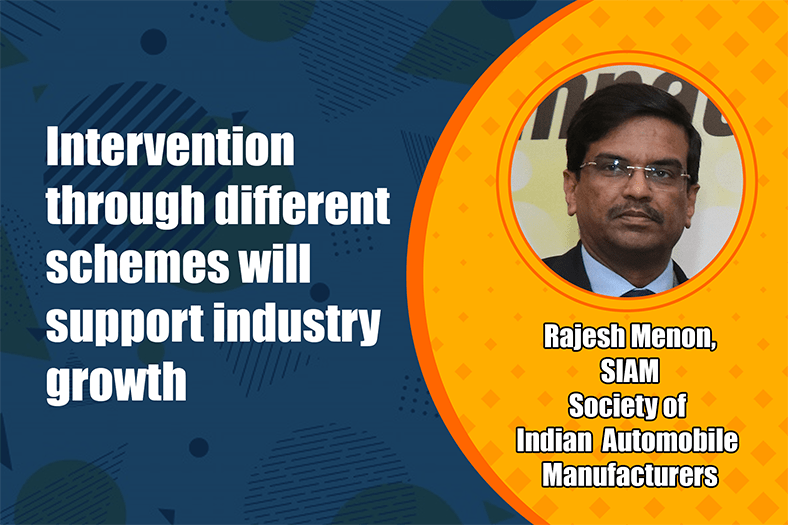

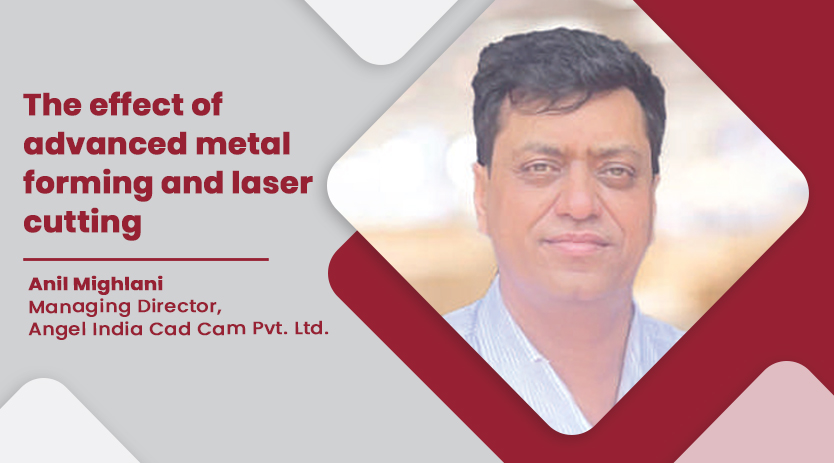

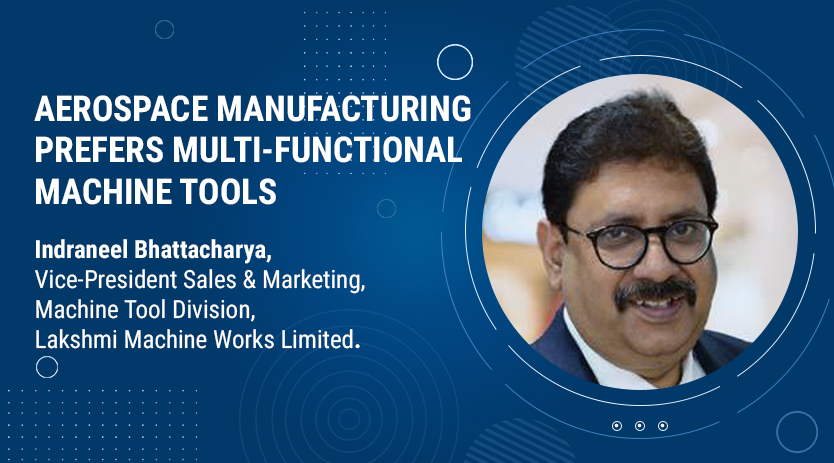
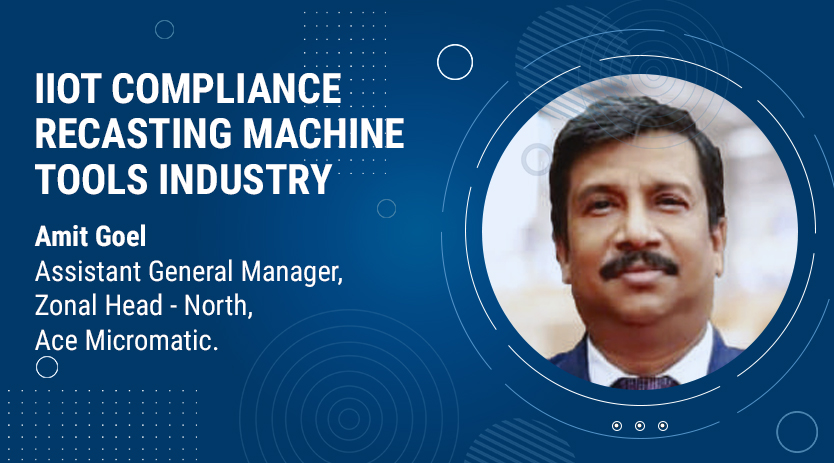

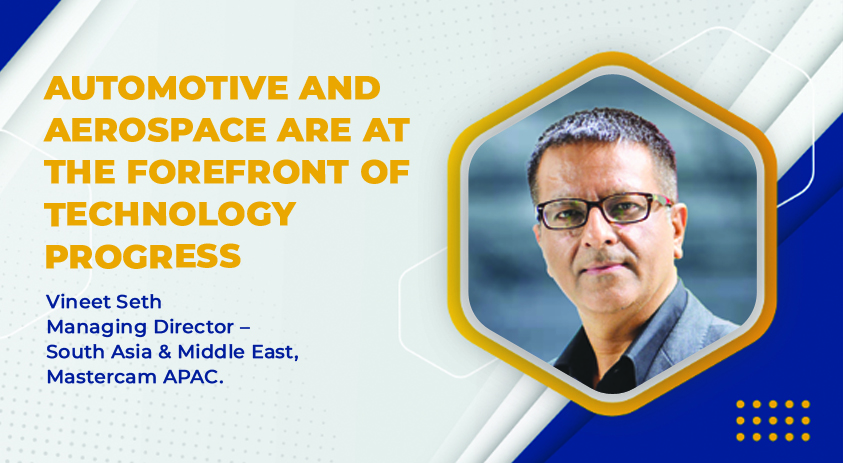

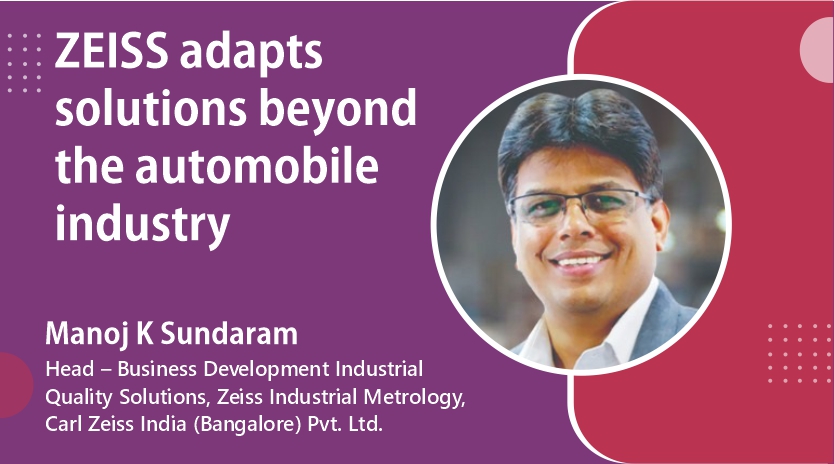




 English
English Hindi
Hindi